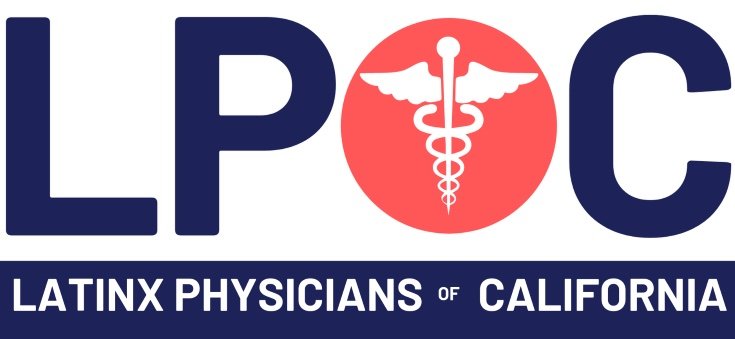Workforce Shortages
Why we need to fund investments into our workforce and support Latin/x doctors
How can we expand and diversity California’s health workforce?
Sustain and expand pipeline and pathway programs that identify, recruit, and support students from under-represented backgrounds.
Increase capacity to train physicians, nurses, and allied health workers.
Reduce costs for all (e.g., apprentice models) and eliminate debt burden for target professions, geographies, and populations:
The median debt load for a physician is $200,000 and higher for dentistry; debt loads are increasing in nursing.
Students from lower-income households and first-to-college families are most negatively impacted.
Allocate existing resources to institutions that can document they provide outcomes aligned with state goals: primary care and behavioral health, rural placement, acceptance of Medi-Cal, racial/ ethnic representation and linguistic skills.
Assessing the Scope of the Problem
The disparity has been made worse by generations of under-investment in health education and training:
California ranks 46 among the 47 states and territories with medical schools for enrollment, per capita; and 29 of 50 for residency slots, per capita.
Only 25% of qualified applicants for bachelors of nursing programs could be enrolled in actual nursing programs where they would go on to serve their communities.
Making a Difference
LPOC is working every day to support and empower Latin/x physicians and other medical professionals to serve the Latin/x community of California - and specifically areas that are below minimum standards for Primary Care Physicians, which tend to be regions of the state with high Latin/x populations.
Want to be a part of the solution? Join LPOC as a member today! Click Here >>


